

Engage prospects with a scan and streamline customer engagement with FREE QR code marketing tools by Sona – no strings attached!
Create a Free QR CodeFree consultation

No commitment

Engage prospects with a scan and streamline customer engagement with FREE QR code marketing tools by Sona – no strings attached!
Create a Free QR CodeFree consultation

No commitment
In today’s digitally driven world, QR codes in marketing have become a practical bridge between offline interactions and online action. For residential drain services, they provide a fast, familiar way for homeowners to move from noticing a flyer, door hanger, or truck wrap to booking an appointment, requesting an emergency callout, or reading reviews. No apps are required, and every scan can be tracked, which means your marketing dollars start producing clean, attributable data rather than guesswork.
Most providers already invest in physical media, yet many of those touchpoints produce anonymous interest that never turns into a lead. QR codes fix that gap by turning every printed piece and service interaction into a measurable, interactive channel. With the right destinations and tracking in place, you can guide homeowners from awareness to action in seconds and use those engagement signals to improve operations and marketing performance.
Modern QR platforms make the process even more powerful. They automate scan logging, segment audiences by context and intent, and sync data to your CRM or marketing tools. The result is a transparent pipeline in which every scan becomes an opportunity for timely follow-up, a better customer experience, and sustained revenue growth.
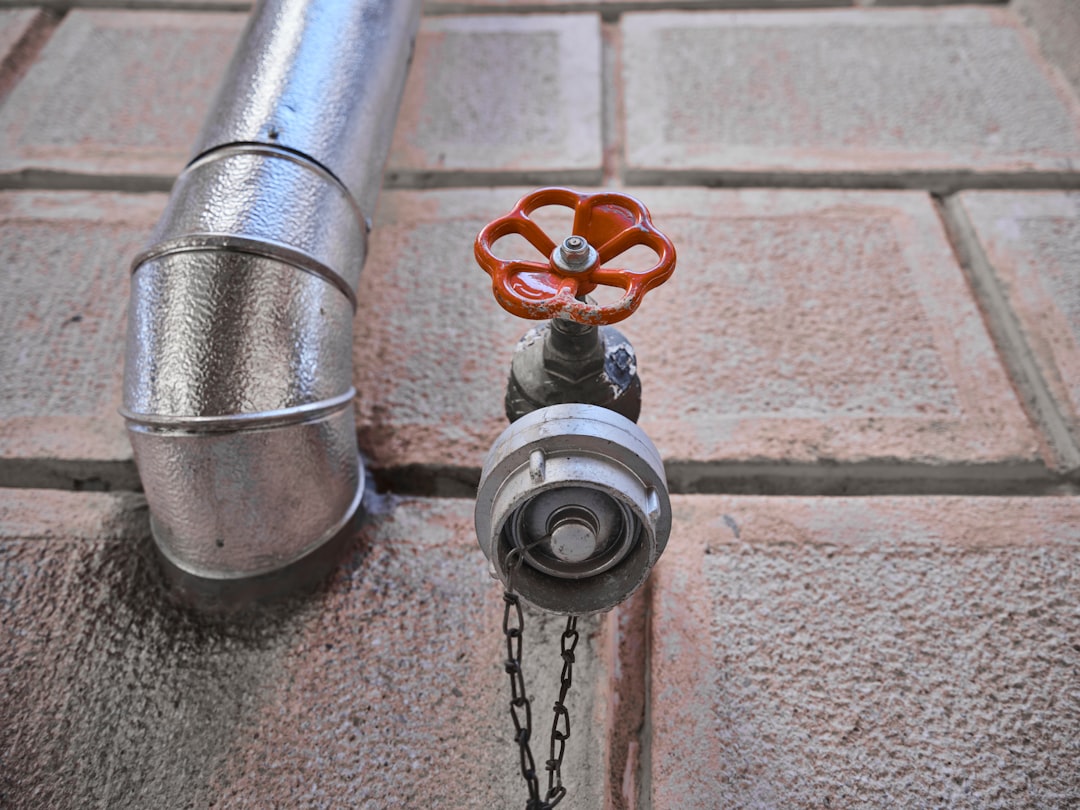
Many drain service businesses still rely on analog processes that create friction and data loss. Printed brochures get recycled, handwritten appointment cards go missing, and phone numbers on flyers are mistyped or saved without context. Even when a homeowner is ready to act, delays between noticing a truck or reading a door hanger and actually booking service can cause momentum to fade. QR codes remove these roadblocks by providing instant digital pathways from any physical touchpoint to a high-intent action.
Start by mapping where leads are leaking in your current process. If you see a volume of calls with no source attribution, paper forms that never make it into your CRM, or door hangers that generate interest without measurable outcomes, you have opportunities to introduce QR codes. Replace hard-to-follow directions with scan-to-book, scan-to-quote, and scan-to-review flows like Google reviews QR that capture intent the moment it appears. When combined with dynamic, updateable destinations, you can iterate on offers and content without reprinting.
By replacing manual, error-prone steps with QR-enabled flows, you build an engagement engine that is fast for homeowners and insightful for your team. This approach turns common physical assets into powerful conversion tools while creating a feedback loop that gets smarter with every scan. Sona QR is built to support every step of this transformation.
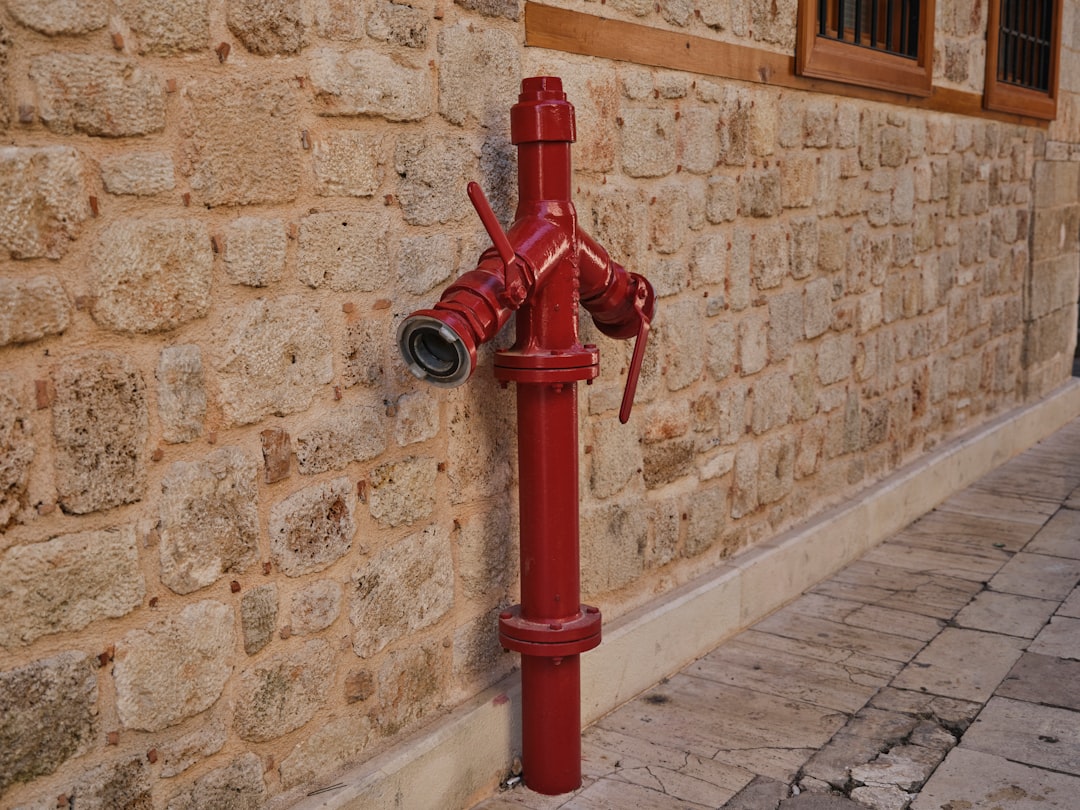
Residential drain issues are urgent, local, and often time sensitive. Homeowners glance at a truck wrap in traffic, tack a magnet to the fridge, or skim a seasonal mailer. Without a direct bridge to action, those moments fade and competitors win on speed. QR codes ensure that every offline interaction has a next step that is immediate, measurable, and convenient.
They also solve a visibility problem that plagues traditional print. Providers invest in vehicle wraps, flyers, yard signs, and leave-behind cards, yet they seldom know what truly drives bookings or reviews. With QR codes, you can attribute outcomes to specific media, locations, and neighborhoods. Dynamic destinations let you update offers and content without reprinting, turning every asset into a living campaign vehicle.
For drain service teams juggling emergency calls, routine maintenance, and seasonal promotions, QR codes deliver clarity and control. They help you respond faster, measure more precisely, and invest confidently in the media that actually moves the needle.
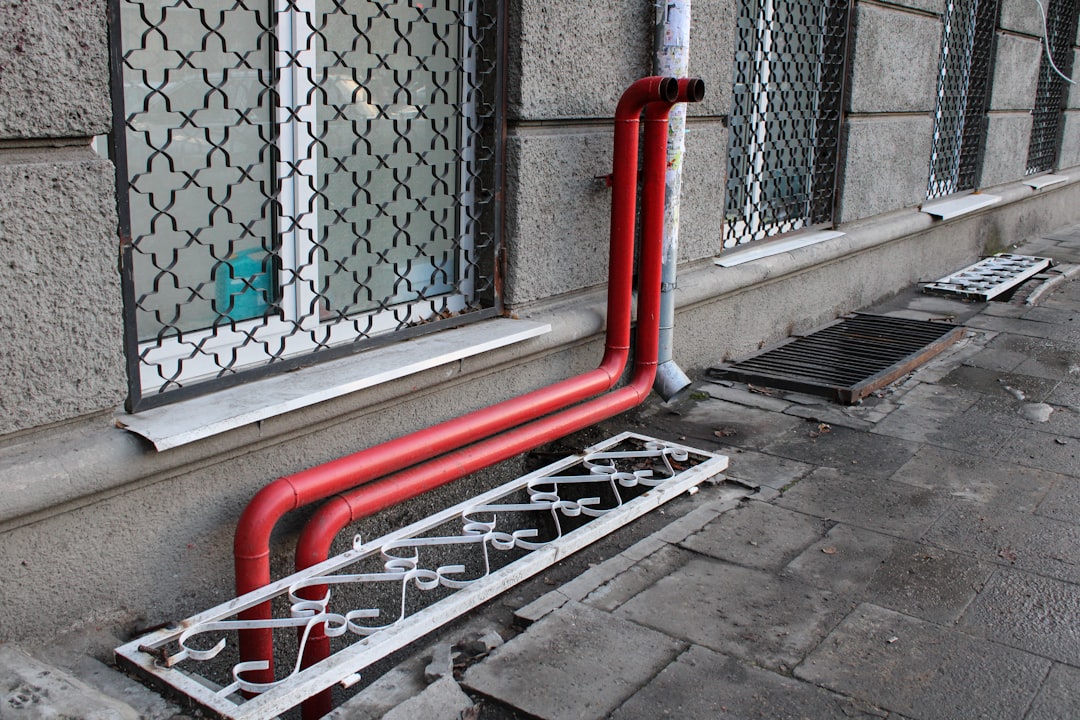
Different moments call for different formats. Choosing the right QR type and destination ensures homeowners get the exact experience they expect. In residential drain services, the most valuable formats prioritize booking, communication, and post-service feedback, while also supporting technician contact sharing and customer convenience during longer jobs.
Static QR codes are suitable for unchanging resources like a maintenance checklist PDF or a basic drain care guide. Dynamic QR codes are preferable for campaigns and operational flows that require updates, A/B testing, and analytics. Use dynamic whenever you plan to optimize over time, change promotions seasonally, or need to measure performance by placement.
With Sona QR, you can generate and manage all of these formats in one place, toggle between static and dynamic based on use case, and keep a clean record of performance by campaign or asset.
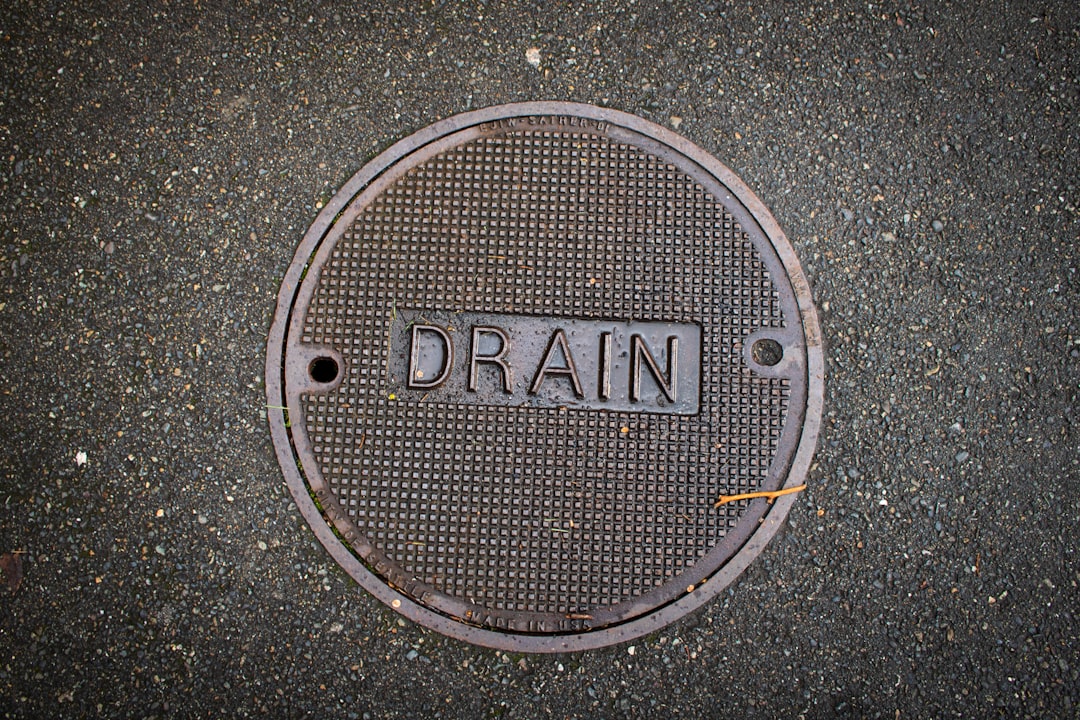
Growth comes from capturing interest wherever it appears, then turning that interest into measurable action. For residential drain services, this means auditing the full spectrum of physical media and on-site interactions, from truck wraps and yard signs to magnets and post-service forms. If an asset gets seen or held by a homeowner, it is a candidate for a QR-driven workflow. Focus on placements where intent is high and timing matters. Emergency messaging on vehicles, scan-to-book codes on invoices, and magnets for repeat service drive superior outcomes because they meet customers at the exact moment they want a quick next step. Use unique codes for each placement so you can learn which assets deserve more budget or better creative.
By rethinking where your brand already appears, you convert passive impressions into active signals. Each new placement not only captures demand in the moment but also teaches you where to scale and which messages resonate most.
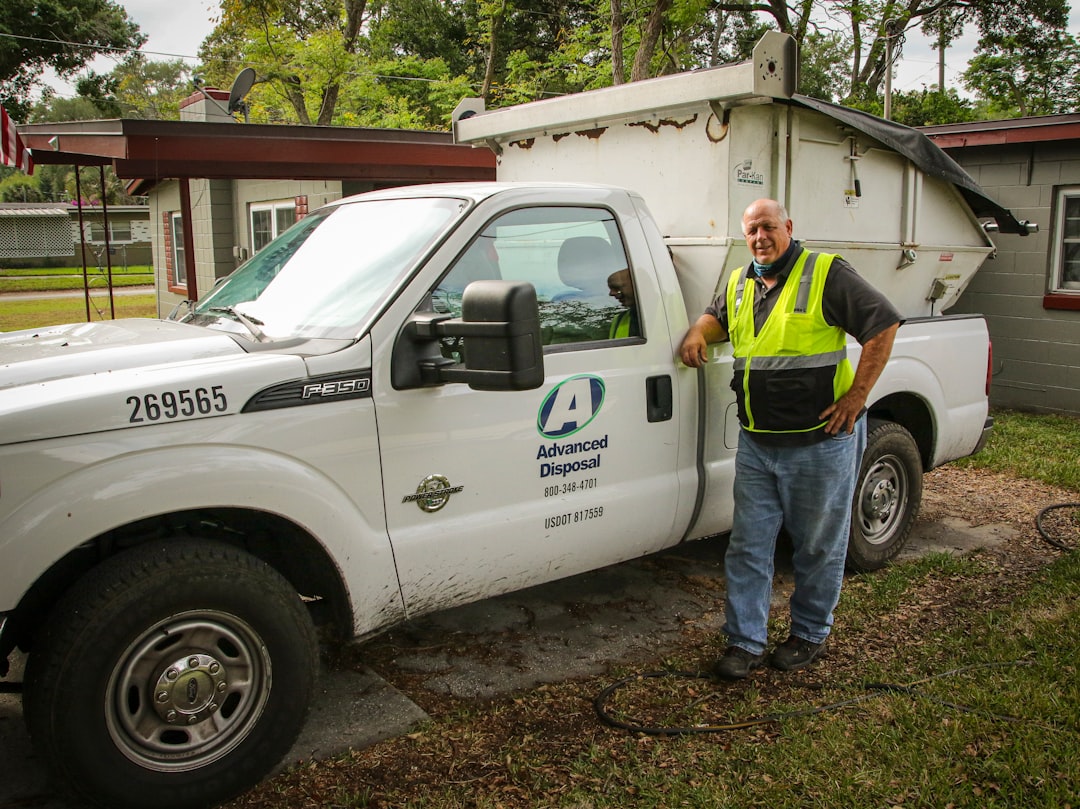
Practical use cases are the backbone of a successful QR program. The most effective ones shorten time to help, keep customers informed, and make post-service engagement effortless. Each should be tied to a clear destination, an expected action, and a measurable outcome that supports your business goals.
Aim to cover the full journey: discovery, booking, service delivery, and follow-up. When you map QR use cases to these stages, the system becomes self-reinforcing. Discovery codes drive appointments, appointment codes capture contact info, and follow-up codes generate reviews and rebookings that fuel future demand.
These foundational use cases handle the majority of scenarios a homeowner encounters. Start with them, validate performance, then expand into specialized codes for camera inspections, warranty activation, or neighborhood-specific promotions.
Each scan is a signal that carries context: where the homeowner saw you, what they were trying to do, and how urgent their need might be. By tagging and segmenting these signals, you can align follow-up to intent, improve relevance, and increase conversion. The key is to deploy multiple codes across touchpoints and connect them to your CRM or marketing automation platform.
For residential drain services, audience distinctions often revolve around urgency and lifecycle. Someone scanning a truck wrap at 7 p.m. likely needs immediate help, while someone scanning a magnet might be planning maintenance or getting ahead of a small issue. Feeding these distinctions into email, SMS, and paid media unlocks precise retargeting and efficient spend.
This approach ensures the right message reaches the right homeowner at the right time. Over weeks and months, the data reveals which audiences are most valuable, guiding your creative, offers, and channel investments.
QR codes unify print and digital so you can orchestrate campaigns that would otherwise be isolated. In residential drain services, this means your truck wrap, direct mailer, invoice, and Facebook post can all route to the same core experiences and contribute data to a single dashboard. With a unified system, you stop guessing which channel works and start optimizing based on facts.
As you integrate, pay attention to friction and context. A QR code on a TV ad should prioritize click-to-call and emergency booking, while a code on a seasonal mailer might emphasize education and quotes. A code at a community event could link to a giveaway entry that doubles as a lead capture form, allowing you to follow up with a preventive maintenance offer.
QR codes serve as the offline onramp to your digital marketing engine, unlocking a new layer of attribution that used to be invisible. With a centralized platform like Sona QR, you can manage codes at scale, monitor performance in real time, and push scan activity into your CRM and ad platforms for immediate action.
The best QR campaigns are intentional. They align a business goal with a clear action, a specific placement, and a measurable destination. They also anticipate the homeowner’s context and ensure the landing experience is fast on mobile. Use the following steps to plan and launch campaigns you can scale and improve over time.
Start with the business outcome. Do you want more same-day bookings, more reviews, or more maintenance plan enrollments? Identify where you lose the most value today. If prospects fail to book after seeing a flyer, prioritize scan-to-book codes with instant scheduling. If feedback is weak, deploy scan-to-review codes on invoices and follow-up emails.
Choose between static and dynamic. Static works for stable resources such as a PDF guide. Dynamic is best for any campaign that needs tracking, editing, or A/B testing. For most revenue-driving use cases, dynamic codes are the right choice. They let you tweak messaging, update promotions, and keep a clean history of performance by placement.
Design for scannability and clarity. Maintain strong contrast, leave a quiet zone around the code, and size it appropriately for viewing distance. Pair the code with a benefit-driven CTA that sets expectations, such as “Scan to book a drain cleaning in 60 seconds.” Test across devices, angles, and lighting to ensure a seamless experience.
Roll out QR codes where they will be seen and used. Focus first on assets with high impressions or high intent. For residential drain services, that often means truck wraps, door hangers, invoices, and community signage. Assign unique codes per asset so you can trace performance and shift budget based on what works.
Treat QR as a performance channel. Monitor scan volume, conversion rates, and time-to-booking by placement and message. Use UTM parameters and CRM tags so your analytics tell a coherent story. Iterate constantly: test new CTAs, simplify forms, and adjust creative to fit the environment.
A disciplined approach transforms QR from a novelty into a measurable driver of bookings and retention. Over time, the data shows which creative, placements, and offers deserve continued investment.
Attribution is the missing link in many local service marketing programs. Providers often know they are busy but cannot say which assets or campaigns deserve credit. QR codes change that equation because every scan creates a data point you can tie to a channel, a location, and eventually a customer record. When those records are synced to your CRM, you can follow the journey from scan to booked appointment to closed revenue.
The operational upside is significant. Scan analytics highlight which neighborhoods respond to which offers, which technicians collect the most reviews, and which door hangers outperform. You can reallocate budget to high-yield placements, coach teams on best practices, and stop spending on assets that do not convert. With Sona QR and Sona.com, you can take this further by unifying scans with website sessions, emails, and ad clicks for a complete view of performance. Sona is an AI-powered marketing platform that turns first-party data into revenue through automated attribution, data activation, and workflow orchestration.
When every scan is connected to outcomes, you gain the confidence to treat print like a modern performance channel. That confidence shows up in sharper creative, smarter spend, and better customer experiences.
Once your first QR campaigns are live, scale impact by tightening execution, training your team, and experimenting with creative placements. Great QR programs are not just about codes; they depend on messaging, operations, and follow-through. A small improvement in any of these areas can compound into major gains at scale.
Consider how your technicians, CSRs, and marketers work together. Technicians can prompt reviews on-site, CSRs can reference scan-driven context when answering calls, and marketers can apply scan insights to the next door hanger or vehicle wrap. Operational alignment is what turns scans into revenue.
These practices keep the engine humming and ensure your QR program matures from pilot projects to a cross-channel growth system. You can Start creating QR codes for free, then expand as your team sees results.
QR codes are more than convenience. They are a strategy for turning every offline surface into a moment of action and every action into a measurable signal. For residential drain services, this strategy improves speed to help, simplifies booking and feedback, and gives leaders the attribution they need to invest wisely in print and in-person experiences.
By pairing clear CTAs with dynamic destinations and robust analytics, you transform anonymous interest into booked jobs and repeat customers. The same door hanger or truck wrap that once felt like a black box becomes a reliable source of attributed revenue. Over time, the data teaches you which neighborhoods, offers, and placements drive the best outcomes, guiding everything from creative to staffing.
With Sona QR, you have the tools to capture demand at the source and convert it into measurable results. Start with a few high-impact use cases, learn from the data, and scale into a system where every offline interaction is a step toward trust, bookings, and long-term customer relationships.
QR codes have revolutionized residential drain services by transforming traditional service interactions into seamless, trackable, and highly engaging experiences. From simplifying appointment scheduling and providing instant access to maintenance tips, to enabling quick troubleshooting and customer feedback, QR codes enhance customer acquisition and satisfaction while streamlining service delivery. Imagine your clients effortlessly scanning a code to access personalized drain care instructions or exclusive offers—boosting loyalty and repeat business with every scan.
With Sona QR, you gain the power to create dynamic, trackable QR codes tailored for residential drain services, updating campaigns instantly without reprinting materials. This means you can monitor engagement in real time, optimize customer touchpoints, and directly link scans to increased service bookings and revenue growth. No more guesswork—just actionable insights driving your business forward.
Start for free with Sona QR today and turn every scan into a meaningful connection, a loyal customer, and a step toward your next successful service call.
Look for providers that offer fast, measurable booking options such as QR code scan-to-book flows, track reviews, and have clear calls to action on physical media for easy and immediate engagement.
Common signs include slow drainage, recurring clogs, unpleasant odors, and backups that suggest blockages needing professional cleaning.
Costs vary by service and location, but QR code booking pages often provide pricing context and instant quotes to help homeowners understand costs before scheduling.
Best practices include following seasonal maintenance tips, avoiding flushing inappropriate items, enrolling in service plans, and using educational resources accessible via QR codes for ongoing care.
Common causes include buildup of grease, hair, soap scum, debris, and flushing items that should not enter drains, all leading to slow or blocked drainage.
Use Sona QR's trackable codes to improve customer acquisition and engagement today.
Create Your FREE Trackable QR Code in SecondsJoin results-focused teams combining Sona Platform automation with advanced Google Ads strategies to scale lead generation

Connect your existing CRM

Free Account Enrichment

No setup fees
No commitment required

Free consultation

Get a custom Google Ads roadmap for your business






Launch campaigns that generate qualified leads in 30 days or less.
